Designers are embracing a brand new bedroom trend which makes small spaces seem cozy
Tucked into modern interiors, sleeping berths and padded nooks will bring another layer of comfort to your home
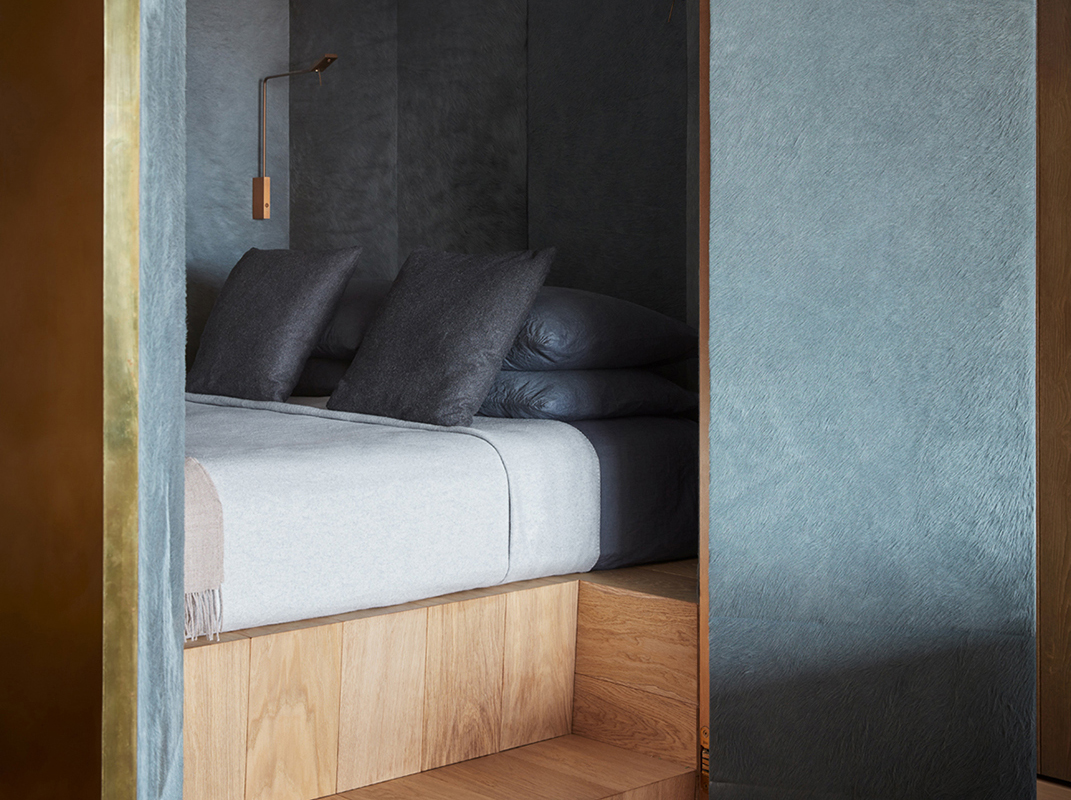
There's a new architectural trend happening, and it has designs on your bedroom. Just when you thought window seats were the ultimate comfort, designers are taking it up a notch with the sleeping nook. The dreamy feature adds another zone for relaxation in modern homes, and a cozy space for guests to sit, read, or nap.
“A sleeping nook like this is a great option when space is hard to come by - think lake house or mountain cabin - where your need to maximize efficiency is matched by your desire to comfortably sleep as many people as you can,” says designer Sean Anderson.
A novelty, surely, these nooks can be luxuriously rustic (think beadboard walls and old-timey textiles) or cleverly clean-lined (constructed with sharp angles and edgy color palettes). For this interior design trend, designers often make the most of the architecture, installing storage whenever possible - like internal shelves that rise to the ceiling, or built-in drawers that nestle beneath the mattress. Taking it to the next level, a simple sconce or reading light above the berth turns the space into a proper experience - an escape for a private moment within the house.
No doubt, there is a playful quality to these berths, and the charm can’t be missed. “I think that they speak to us in quite a visceral way, they are cozy and in the same way that as children we like to make camps or be in four posters this has some kind of nostalgia for this,” says London-based designer Rita Konig, who offers an interior design course at Create Academy.
This take on the modern bedroom ranges in size, shape and depth, designing the space really revolves around the mattress or pad you choose, and whether you’re carving out a nook as an informal space to lean back and relax, or crafting a bonafide bed for guests - did somebody just say sleepover?
1. INCLUDE STORAGE TO DOUBLE-DOWN ON FUNCTION
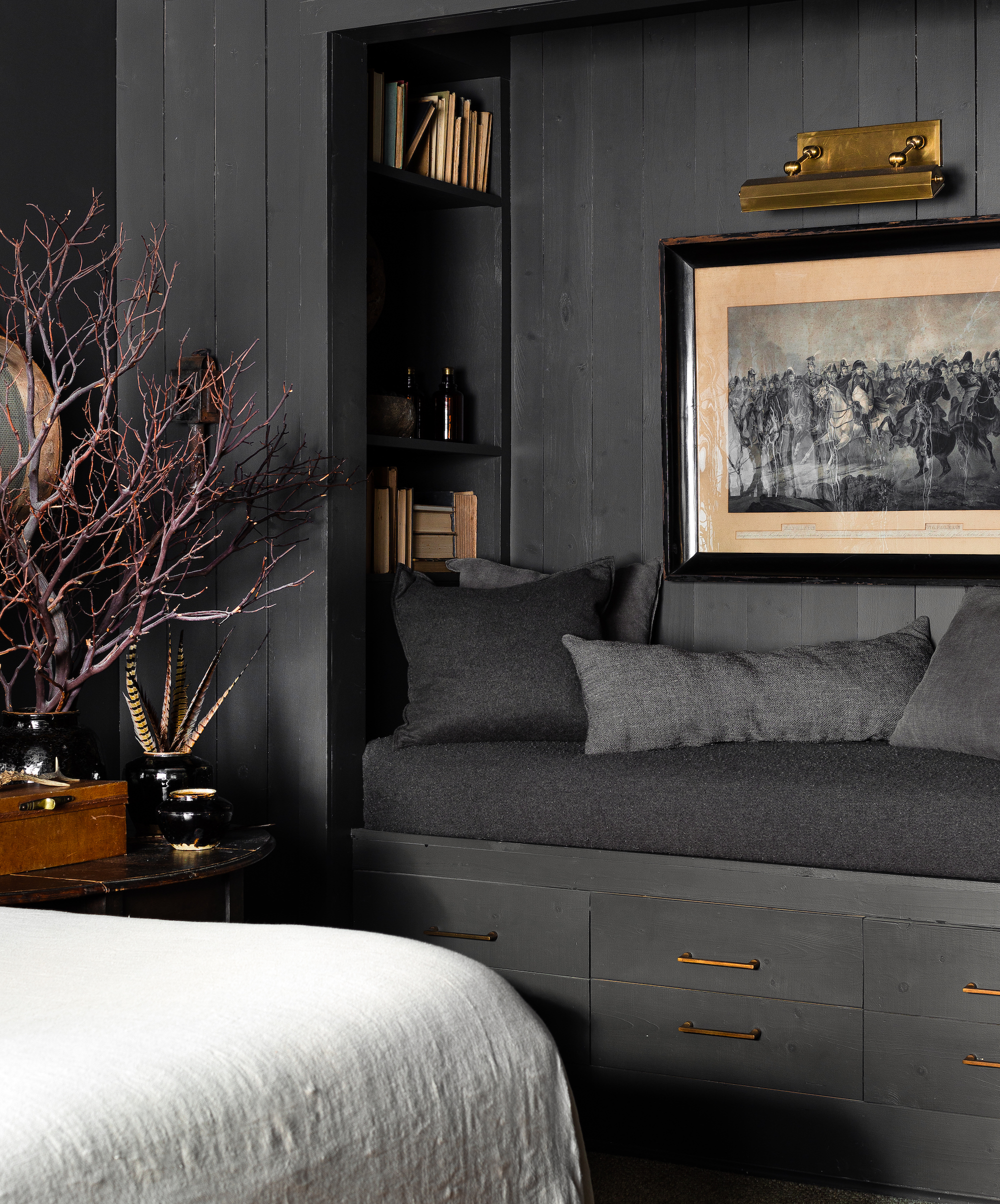
This dark and moody nook is lightened up with brassy accents and plenty of thoughtful storage - a sophisticated take on the black bedroom aesthetic.
‘The delight of a space like this is in the details,’ says designer Sean Anderson. ‘It is important to think forward about how you imagine someone using the space, and what you’d like them to have access to. Include storage so the space remains functional even when it’s not being used.’
Be The First To Know
The Livingetc newsletters are your inside source for what’s shaping interiors now - and what’s next. Discover trend forecasts, smart style ideas, and curated shopping inspiration that brings design to life. Subscribe today and stay ahead of the curve.
2. Step up your home with a raised berth
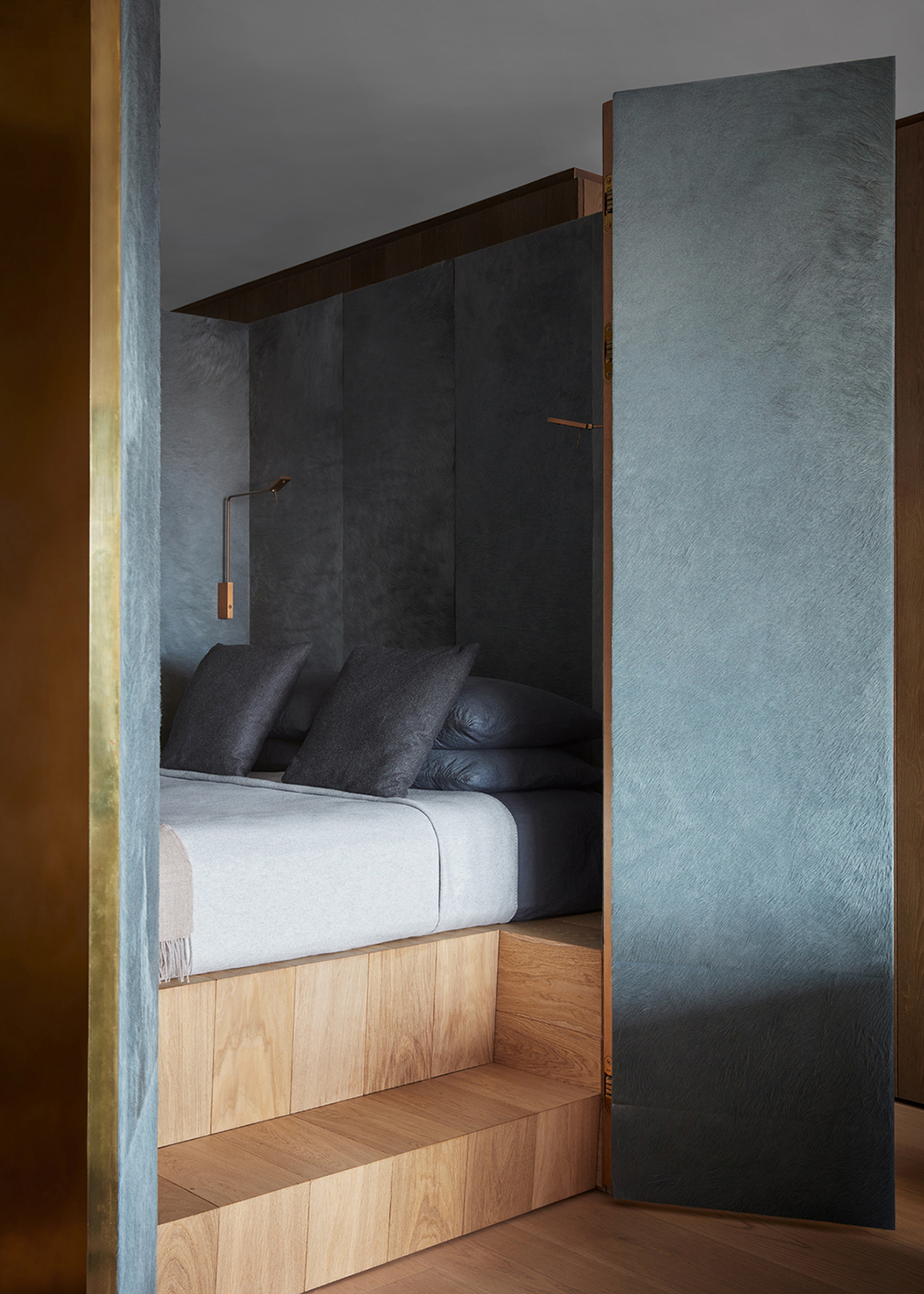
From Messana O’Rorke: Building Blocks, published by Rizzoli
In a tiny studio apartment, architecture studio Messana O'Rorke's nook hides the bed from the rest of the living space by creating a platformed niche. Unlacquered brass covers the outside, with warm grey cowhide on the interior. Folding doors open the container on three sides.
This image is taken from Messana O'Rorke: Building Blocks, a new coffee table book published by Rizzoli which can be preordered from Amazon now.
3. Build your design around the bed itself
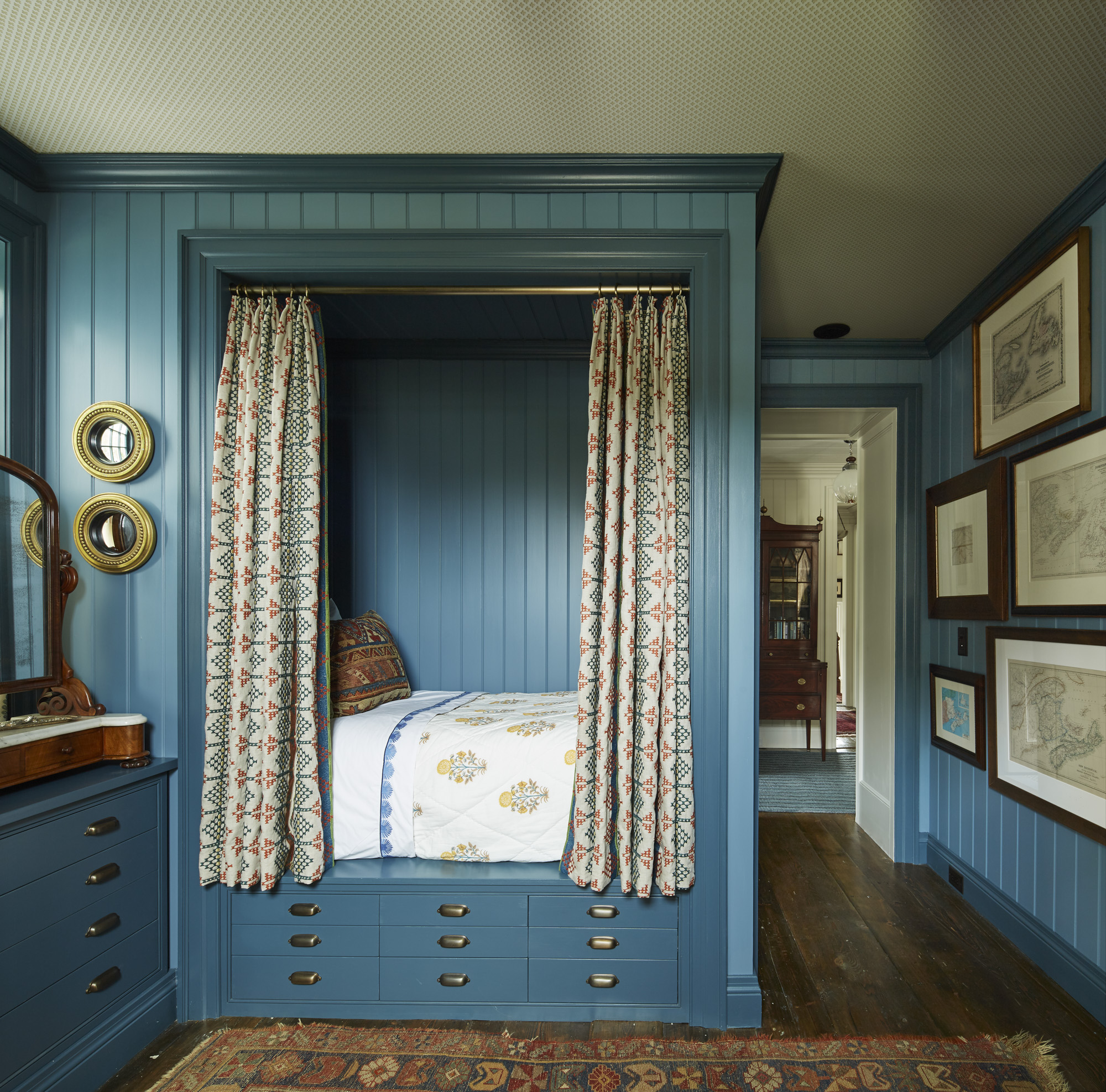
Building a nook for napping? There’s an obvious place to start: the bed. ‘The key is to make sure to measure the mattress you are planning on using and allow a few extra inches all around to ease in installing it and making the bed day to day,’ says designer Philip Mitchell, and our guide for how to choose a mattress will help you do just that.
‘I often lower the ceiling in these types of nooks to add a coziness to the space,' Mitchell adds. To make it extra durable, the designer also used wooden paneling around the nook that’s easy to touch up if the walls get nicked.
4. Layer up with soft spots
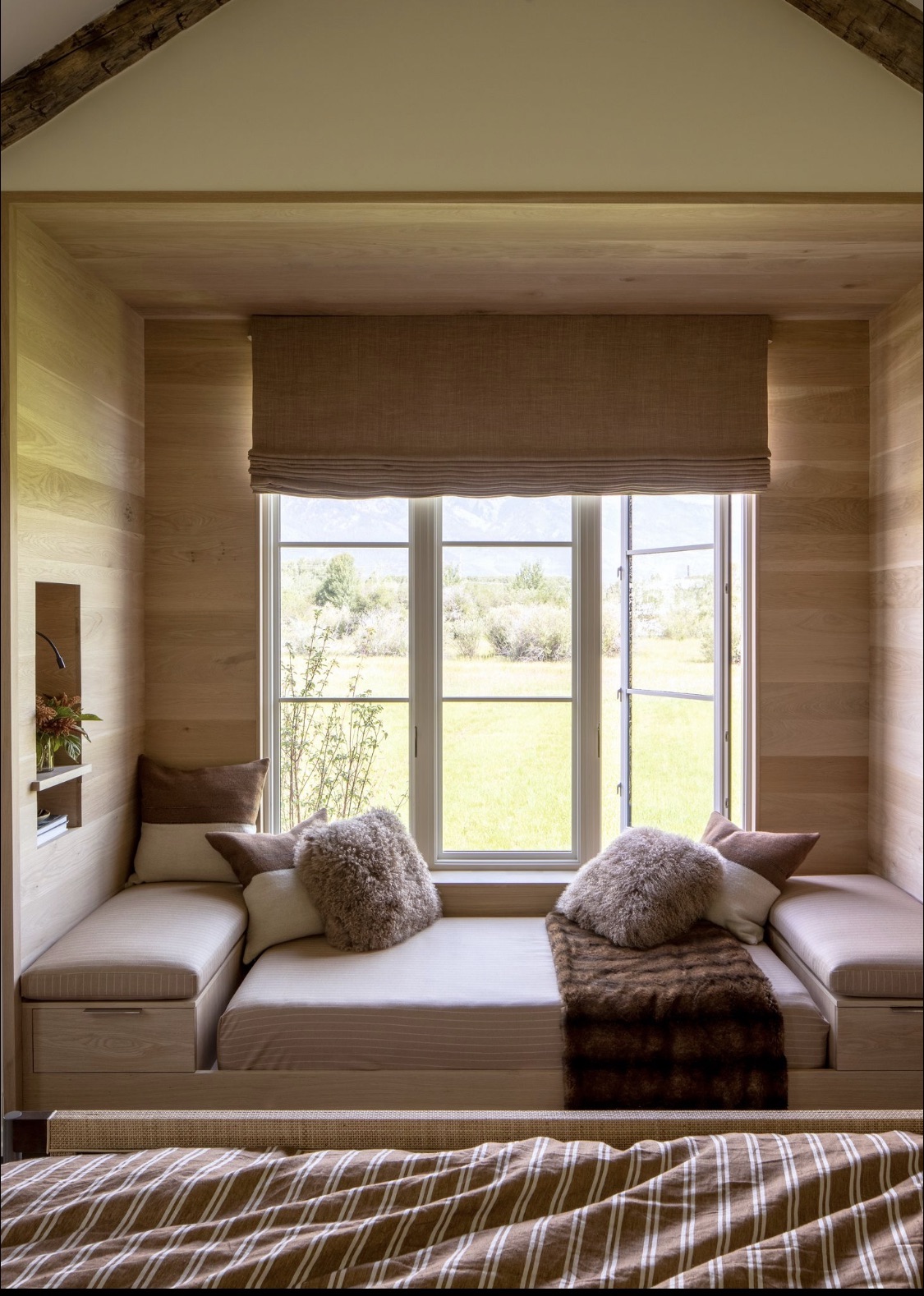
At the end of the day, and jut like window seats, these tidy nooks are all about comfort. This guest room niche features multiple levels of cushions, covered in a striped beige wool, that add soft dimension to the space.
“The two cushioned, upholstered and raised areas serve to cocoon the twin mattress with a custom tailored bedcover and create a little space on which to prop the decorative cushions,” says designer Beth Webb.
5. Surround your nook with shelving
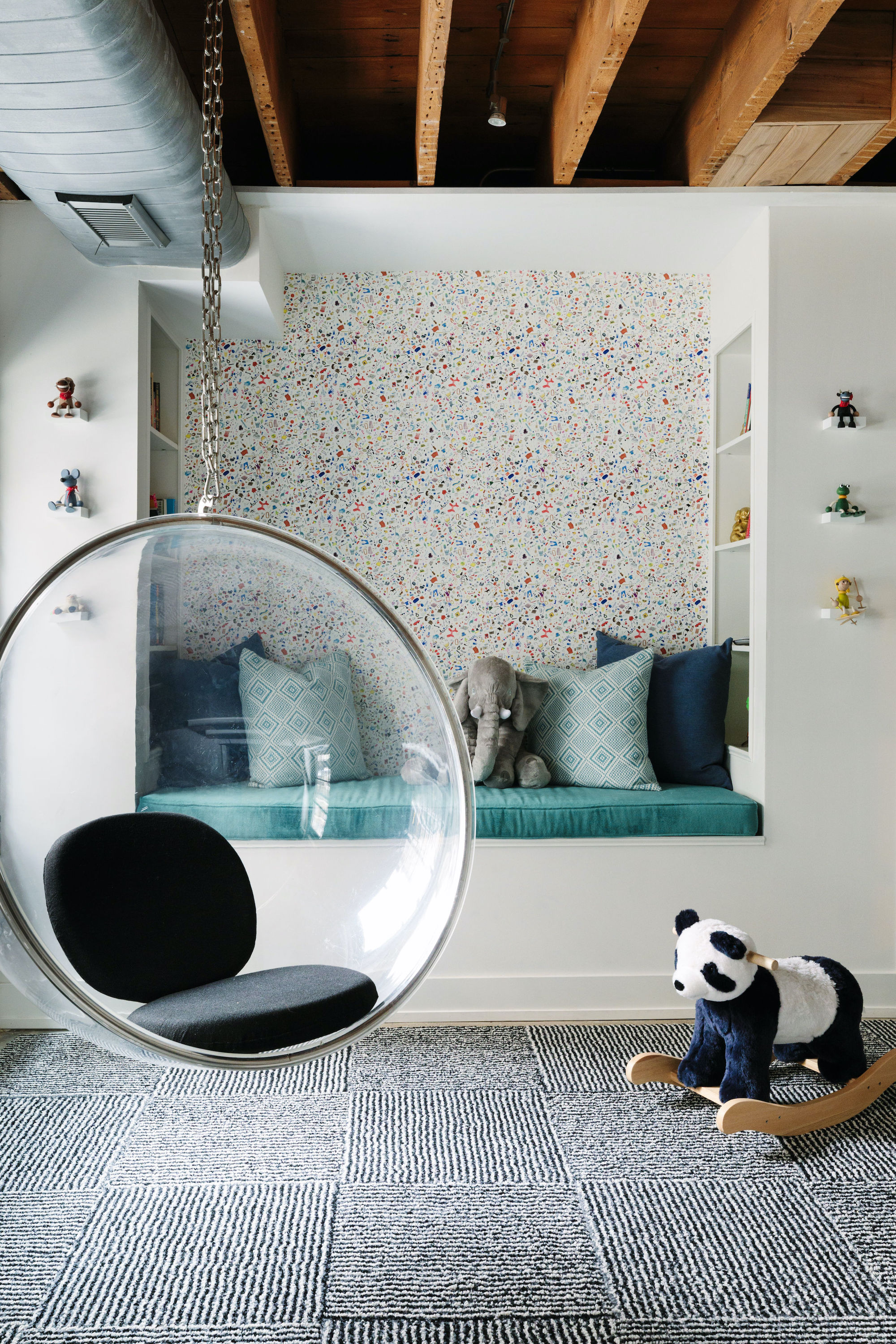
This modern playroom features a perfectly padded nook for naps or even a soft, elevated seat above the playroom. ‘By designing this nook we gave parents a spot to sit, books a place to be stored, and kept the floor open for playing,’ says designer Alexandra Kaehler.
Internal bookcases rise to the occasion - perfect for reading time - while also creating a boxed-in frame for a playful accent wall (here, a confetti-like wallpaper pops in the background).
6. Add sconces for a day to night nook

Designed to double as a twin bed for guests with children, designer Sarah Bartholomew added a pair of cozy sconces to help this reading nook function from day to night.
‘When wiring for sconces in a reading nook or bed, we suggest you make sure they can be easily switched off from inside the nook itself and are mounted at a comfortable height so clients don’t hit their head when getting in and out of the nook but also at a height that provides nice ambient reading light,’ says Bartholomew, a trick we should all remember when it comes to any bedroom lighting.
Keith Flanagan is a New York based journalist specialising in design, food and travel. He has been an editor at Time Out New York, and has written for such publications as Architectural Digest, Conde Nast Traveller, Food 52 and USA Today. He regularly contributes to Livingetc, reporting on design trends and offering insight from the biggest names in the US. His intelligent approach to interiors also sees him as an expert in explaining the different disciplines in design.
-
 These Are the Flower Crowns I’m Wearing This Spring (Spoiler: They’re Actually for My Door)
These Are the Flower Crowns I’m Wearing This Spring (Spoiler: They’re Actually for My Door)Coachella confirmed the comeback of flower crowns. At home, they just go by another name: the spring wreath
By Julia Demer
-
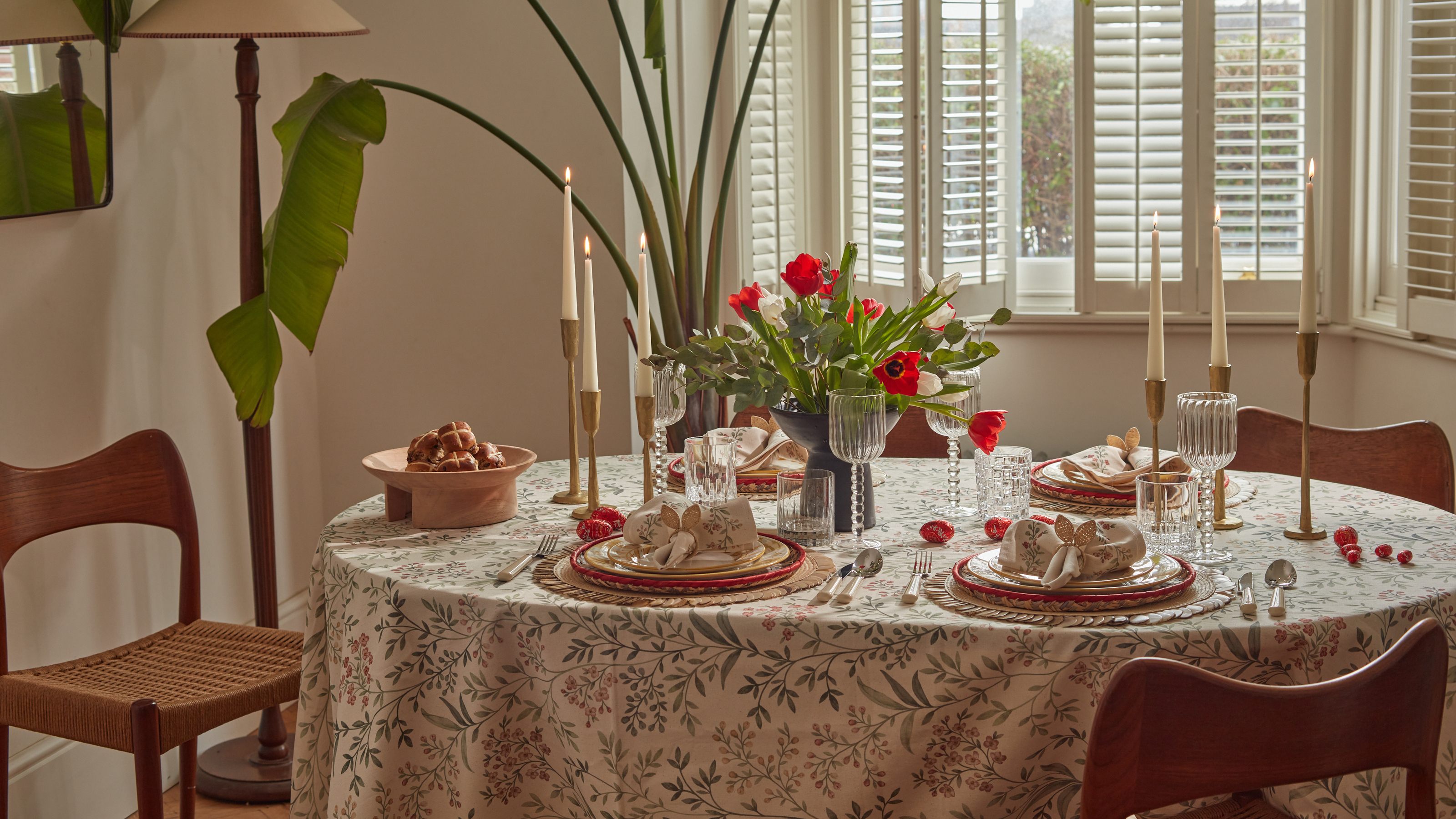 Bunny Ears, Be Gone — 7 Easter Table Styling Mistakes That Will Take Your Setting from Tawdry to Tasteful
Bunny Ears, Be Gone — 7 Easter Table Styling Mistakes That Will Take Your Setting from Tawdry to TastefulFrom fussy floral displays that disrupt conversation to over-relying on tacky tropes, don't fall victim to these errors when decorating your Easter table
By Lilith Hudson